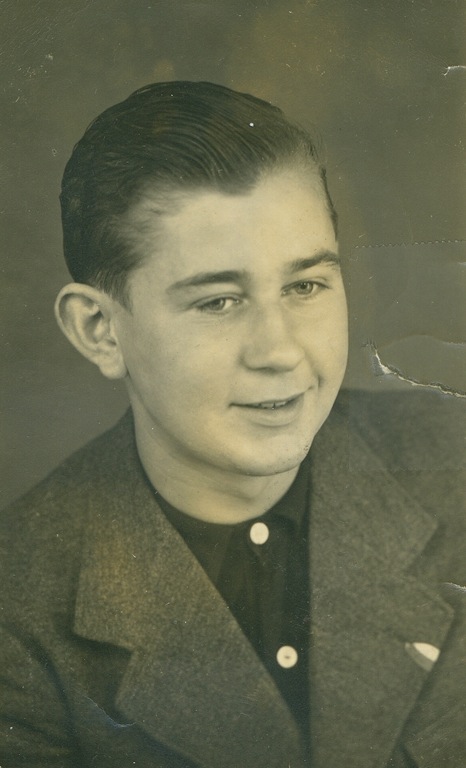
John W. Jay, Sr. and his French born wife, Jeanne, reside in their Botetourt County home, surrounded by books and photographs of their two grown sons and their grandchildren. Before coming to Virginia, the now retired Jay worked in the banking business, where he specialized in mutual funds. Jeanne Jay worked in the insurance field.
Sounds like the typical American family in many ways, but 70 years ago Jay was a student in his native Poland under his real name, Jon Wladyslaw Jaskolski, when World War II began with the German invasion of Poland. As such, he personally witnessed the war’s events.
“When the war broke out, the schools were closed and all the boys were Boy Scouts. We were outside of the town when the Germans took over the town and the Polish Army took us to Warsaw,” recalls Jay, who lives in the Blue Ridge section of Botetourt County.
Once there, Jay and his fellow Boy Scouts delivered ammunition and food to the Polish forces defending the city from German capture.
“Finally, when the Germans circled Warsaw, we had to move back to the city.” When Warsaw fell into German hands, “they took all of the Boy Scouts in uniform. Those that were from the city of Warsaw were told to go home,” he said.
A different fate awaited Jay.
“All the Boy Scouts from Western Poland were taken by the Germans to East Prussia,” he said, where they were handed over to German farmers.
Jay was one of these laborers. In his case, he toiled for a farmer who owned a farm on the Baltic Sea. Jay was then followed into captivity by Polish prisoners-of-war, one of whom, a corporal, took him under his wing. The corporal told him, “Look, you have to learn German. It’s important.”
Once he had mastered the German language, Jay, a German boy, and the boy’s mother visited the German town of Konigsberg.
“Once there, I met some Polish guys [who] worked underground in East Prussia. After a while, I escaped from the farmer and went to Konigsberg.”
Jay’s freedom proved short-lived. Apprehended, he spent three months in jail. It would be the first of many periods of captivity for him.
“After that, they agreed that I [would] work in Konigsberg.”
During his time there, Jay led a double life, working in a big business, as well as for the Polish underground. In the latter capacity, he carried guns to Poland. After he made several trips, the Polish Army advised Jay to return to Poland and become involved with the underground there – as the Germans would kill him should they lay hands on him.
Jay had other ideas: “I said, ‘Why shouldn’t I go to England and join the Polish Army there? I would like to be a flyer.’”
He got as far as the Swiss border before he was arrested by the German police and imprisoned. This time he was sent to Austria.
“When the Germans took over Austria, all the Austrians became Nazis – like everybody else. What we were doing [was] cleaning German Army uniforms in a basement,” Jay continued. “Seven of us [escaped]. When we got out into the city, I told them, ‘Everybody goes on his own direction.’ I made it from there to Innsbruck. From Innsbruck, I made it very close to the Italian border [before] I was caught there by the Germans.”
Returned to prison, Jay was then sent to a concentration camp, where he remained for the duration of the war. (While there, he was shot on a “death march,” and remained in the hospital for several months.) After the war’s conclusion, his odyssey would continue. Jay hopes to publish a book about his life some day. (Next week: John Jay, post WWII)
By Melvin E. Matthews, Jr. [email protected]

